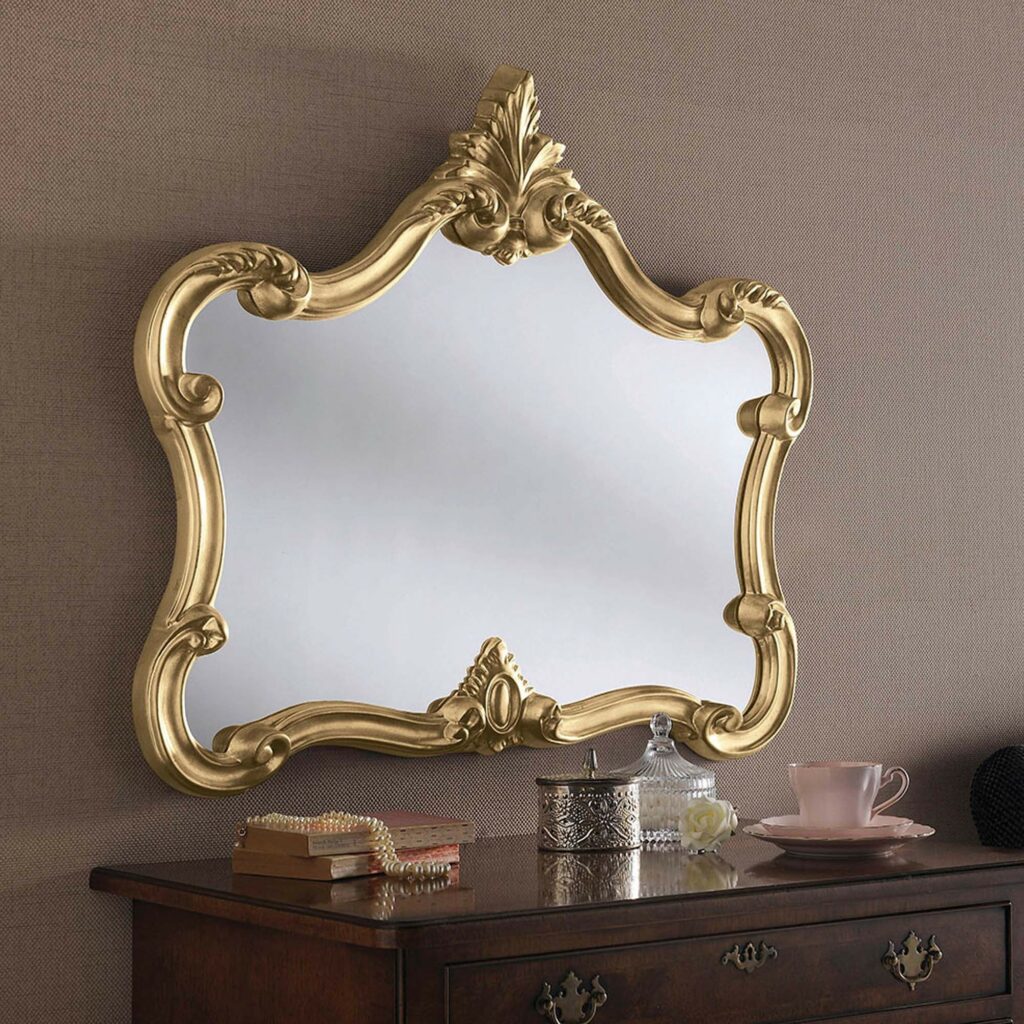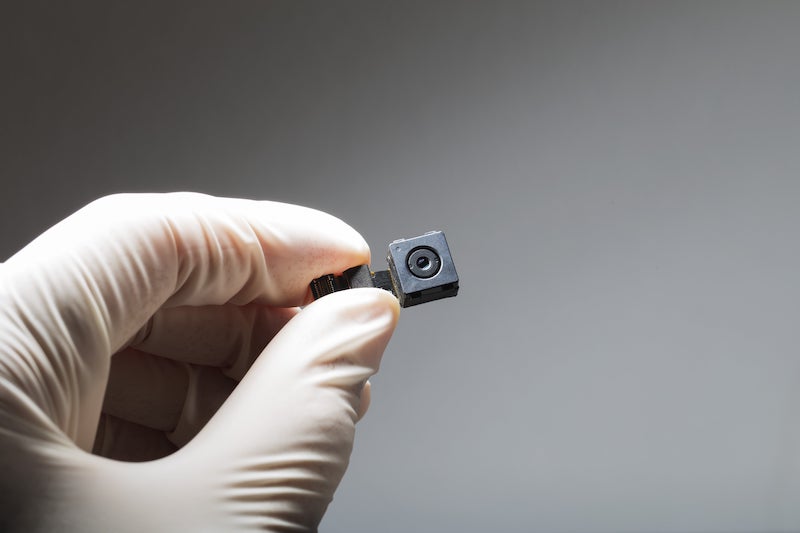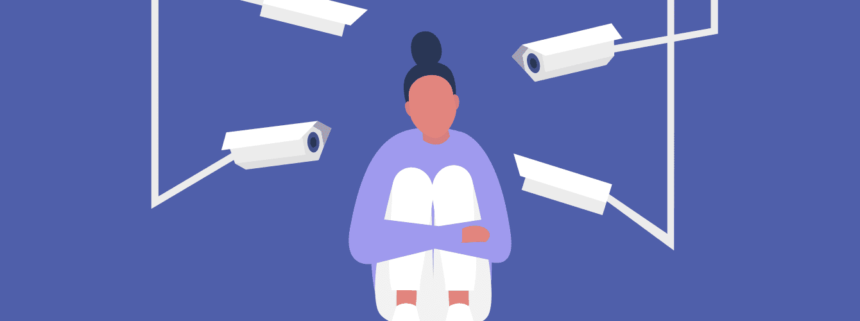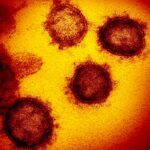In the digital age, the proliferation of hidden cameras, or spycams, has become a growing concern for travelers across various accommodations, including hotel rooms, house rentals, cruise ships, and even airplane bathrooms. These discreet surveillance devices, cleverly embedded in everyday items like alarm clocks, air fresheners, water bottles, and toothbrush holders, present a formidable challenge for those seeking to protect their privacy.
The Singapore-based tech services company, OMG Solutions, led by CEO Pieter Tjia, conducted a series of tests to assess the effectiveness of commonly recommended methods for detecting hidden cameras. The findings shed light on the evolving threat posed by these devices and the ongoing cat-and-mouse game between those trying to uncover them and those hiding them.

Using the ‘naked eye’
The simplest and most cost-effective method involved visually inspecting rooms for any suspicious items. This method uncovered one hidden camera inside a working clock. However, the challenge lies in the increasing ability of these cameras to blend seamlessly with their surroundings.
Using a mobile phone
The use of a popular app called Fing, designed to scan Wi-Fi networks for cameras, yielded mixed results. While the app detected 22 connected devices, it failed to pinpoint the location of the hidden cameras. However, using the phone’s flashlight revealed three additional cameras, highlighting the limitations of relying solely on digital solutions.

Using a radio frequency detector
Handheld devices, such as radio frequency detectors, were employed to locate hidden cameras. Despite the potential for false alarms, only four out of 27 cameras were located using this method, emphasizing its limited effectiveness.
Using a lens detector
A basic lens detector emitting infrared light was used to identify hidden cameras. However, this method proved to have limitations, requiring close proximity to the camera for effective detection. Only two cameras were discovered using this technique.

Using an advanced lens detector
In the final test, a sophisticated lens detector resembling binoculars showcased better results. This device, while more expensive, allowed for the detection of 11 cameras from a distance. However, it required a specific angle for optimal effectiveness.
In total, 17 out of 27 hidden cameras were discovered throughout the tests, emphasizing the challenging nature of detecting these covert devices. As social media posts about hidden cameras increase, efforts to improve detection methods grow. However, Tjia notes the continuous evolution of hidden camera technology, maintaining a technological advantage over detection methods.
As travelers face the daunting task of safeguarding their privacy in an interconnected world, a combination of methods may be necessary to stay one step ahead of the ever-evolving world of hidden surveillance. The battle between privacy and surveillance tech continues, and staying vigilant remains paramount in the ongoing struggle for personal security.







